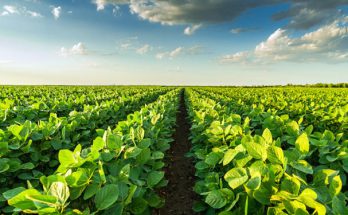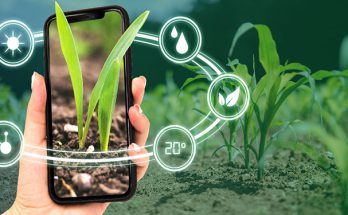 As it accounts for a quarter of GDP, 20% of export value, the agricultural sector in Tanzania is highly important. Approximately 32 million people live in rural areas and 80% of them are involved in the agricultural sector. Hence, agricultural development plays an integral part in not only their economic growth but also in poverty reduction.
As it accounts for a quarter of GDP, 20% of export value, the agricultural sector in Tanzania is highly important. Approximately 32 million people live in rural areas and 80% of them are involved in the agricultural sector. Hence, agricultural development plays an integral part in not only their economic growth but also in poverty reduction.
Crop production had grown by 44% during 2008–2013, leaving the Sub-Saharan Africa average crop production growth rate of 18% behind, as per the World Bank’s crop production index.Cashews and tobacco are the most exported from Tanzania and the top destinations for export of Tanzanian tobacco are Germany, Russia, and Poland, while almost 80% of cashews are exported to India.
It feeds into the wider objectives of Tanzania Development Vision 2025, which aims to see the country become a middle-income, semi-industrialized state. The strategy highlights value-added agro-processing and improvements to productivity as important support mechanisms for industrialization.
Tanzania’s agriculture is the most diverse in the entire East Africa. The country’s primary export crops include coffee, cotton, tobacco, cashew nut and tea. It also produces significant quantities of fruits and vegetables, pyrethrum – a plant used to make fertilizer – and sisal, which is derived from a species of agave plant and is used to create strong plant fibers for rope, twine and fabric.
The diversity of Tanzania’s agricultural sector leaves it well positioned to benefit from substantial investment inflows in the coming years. We will see more of private sector involvement in value-added agro-processing and budget announcements that highlight the sector’s critical importance to employment, exports and industrialization



